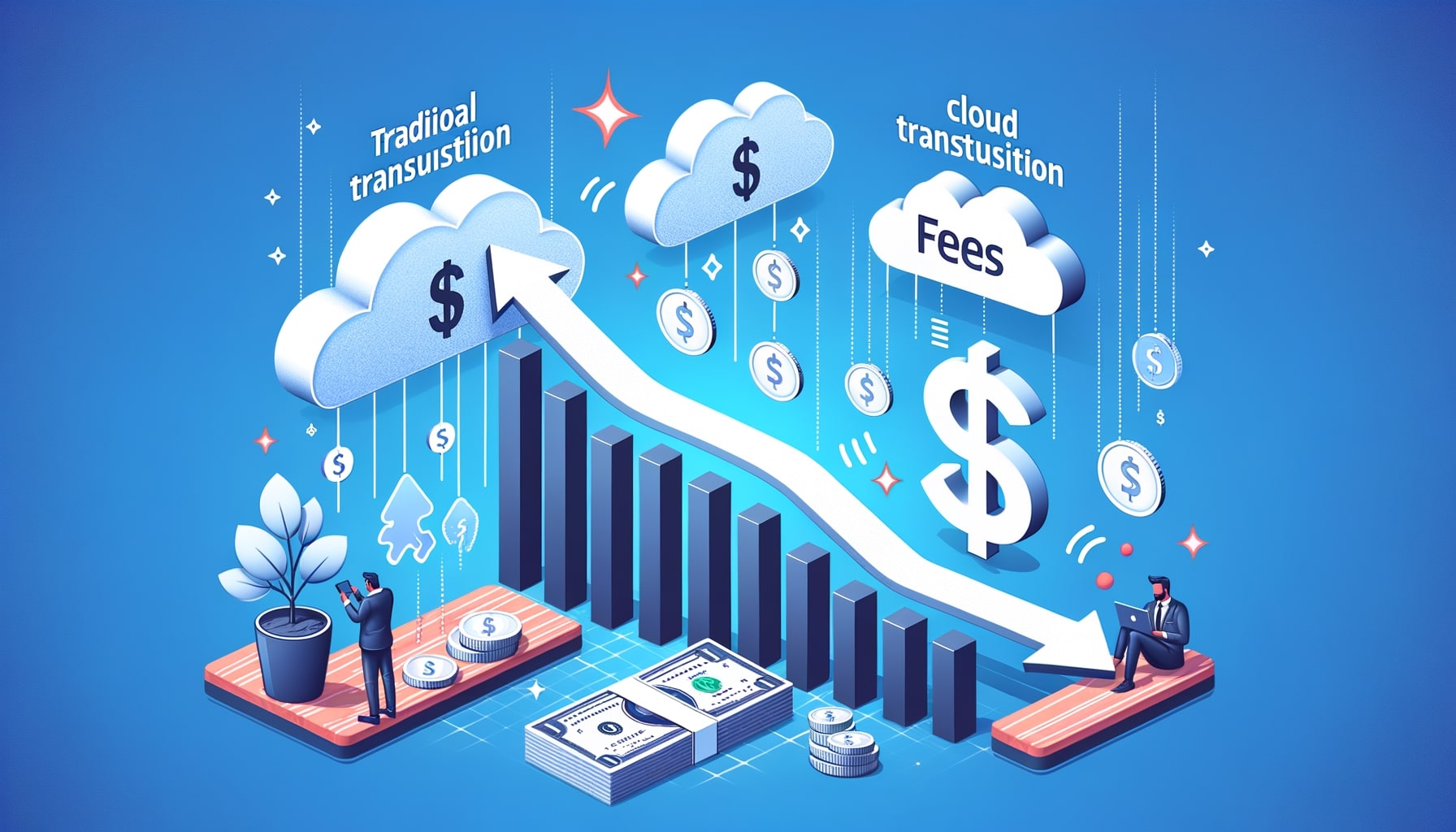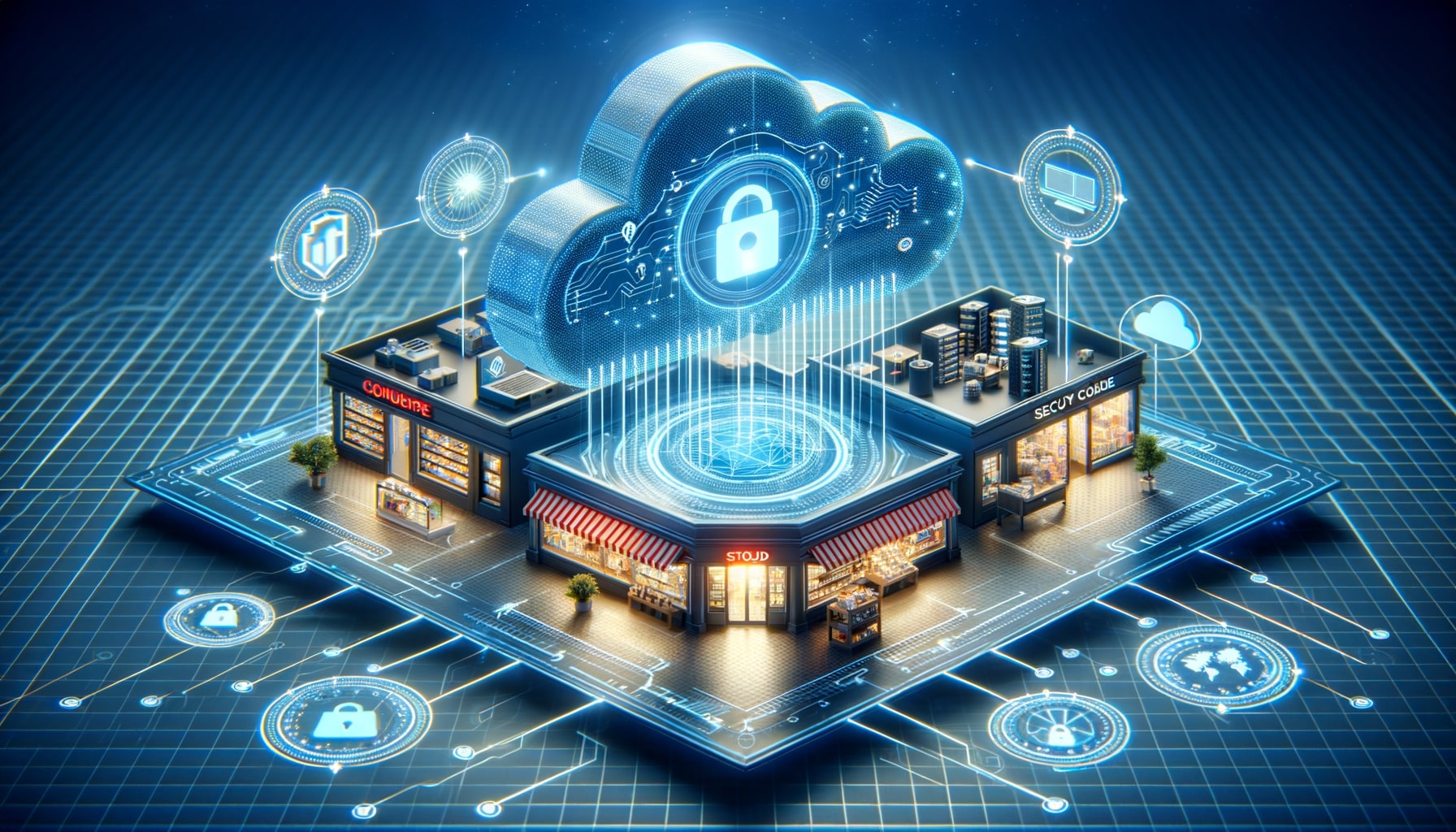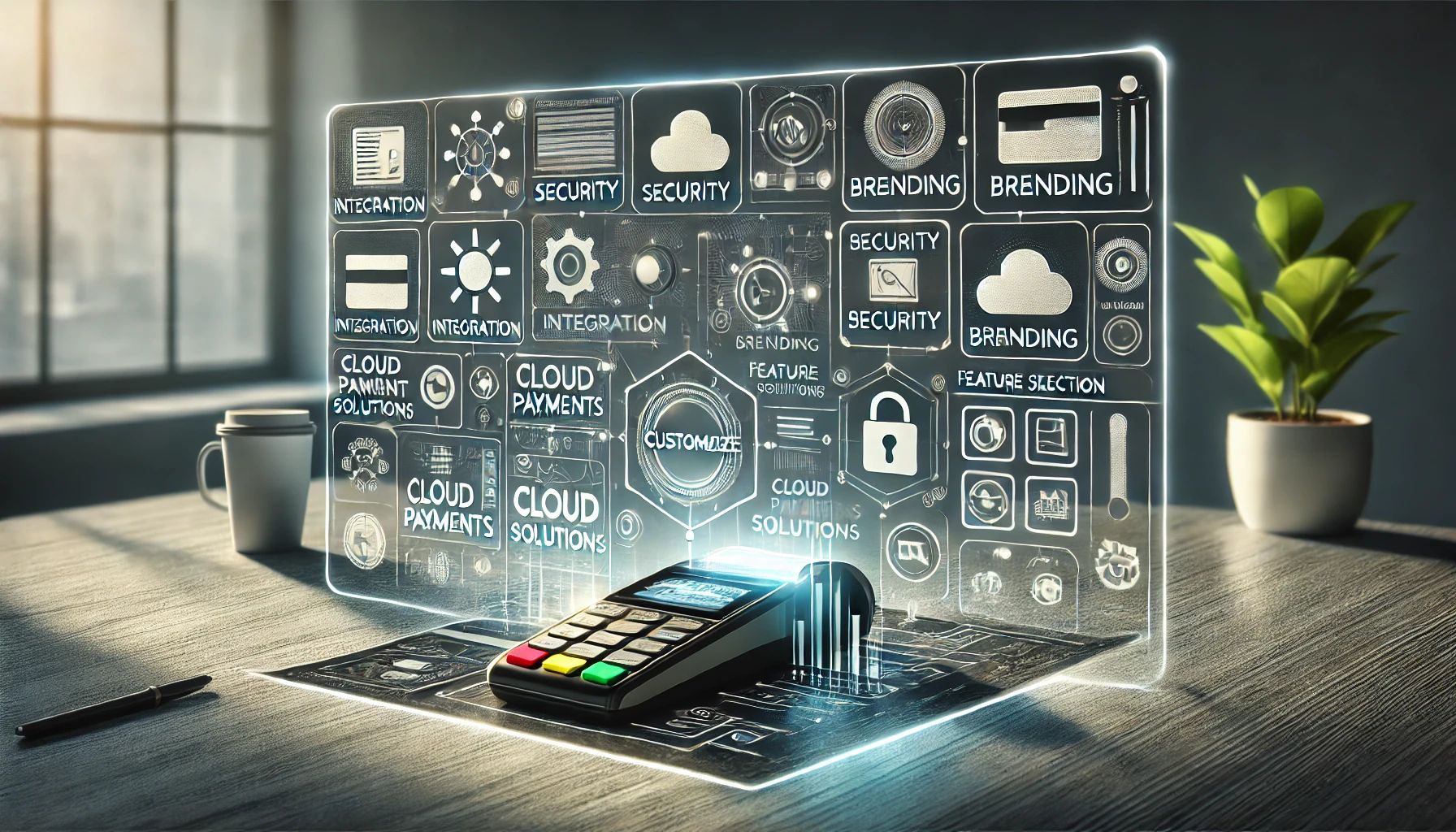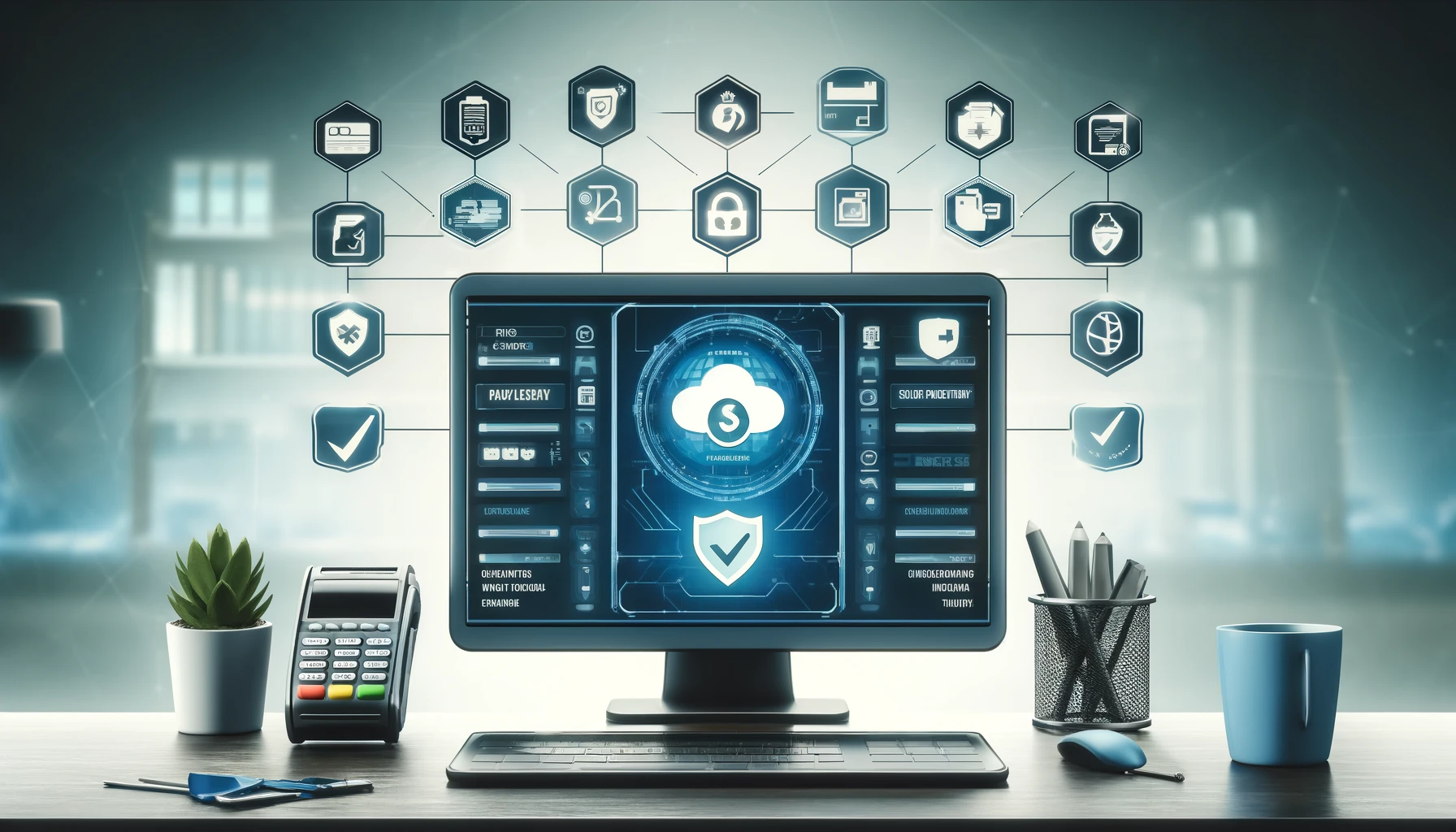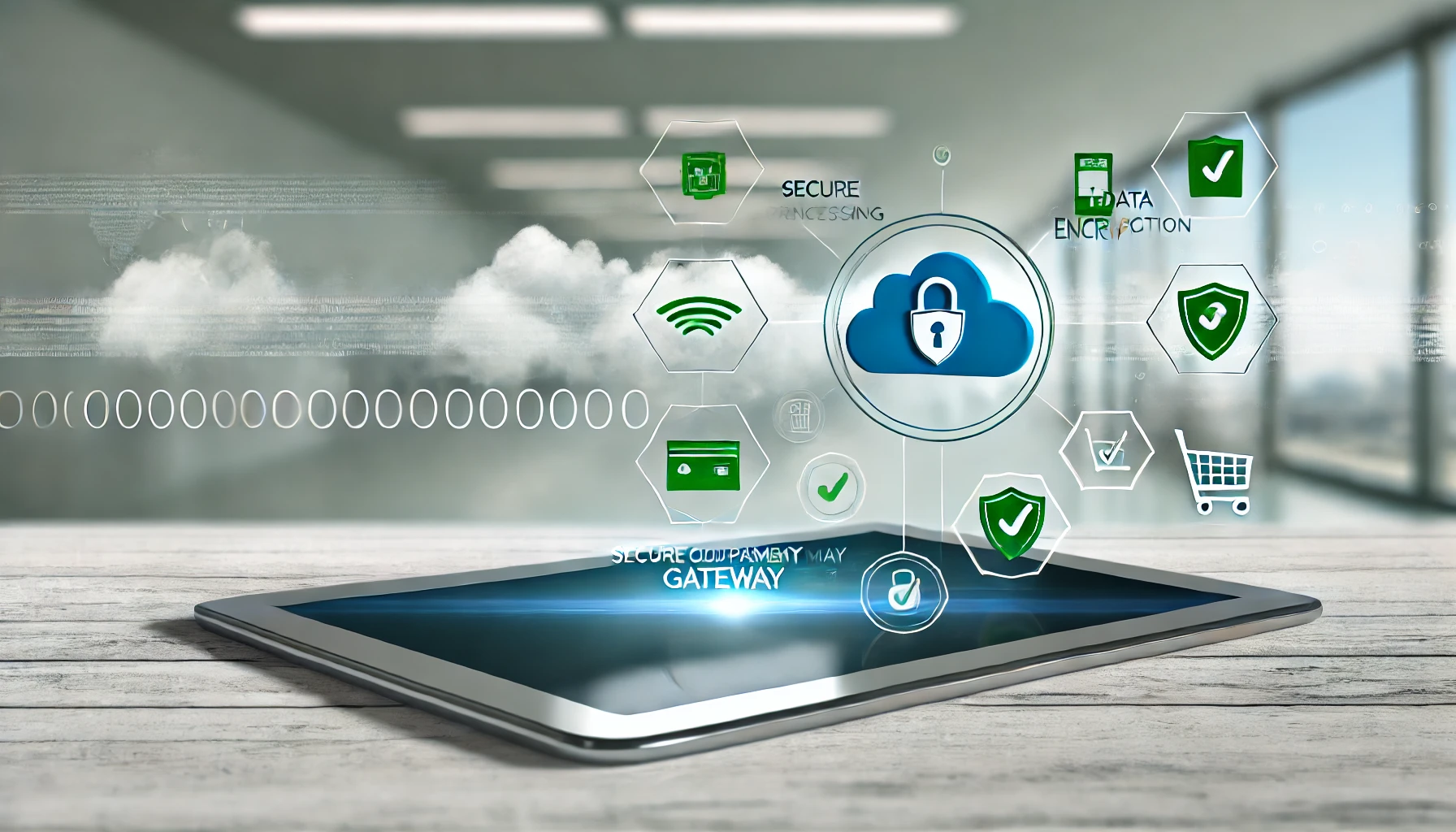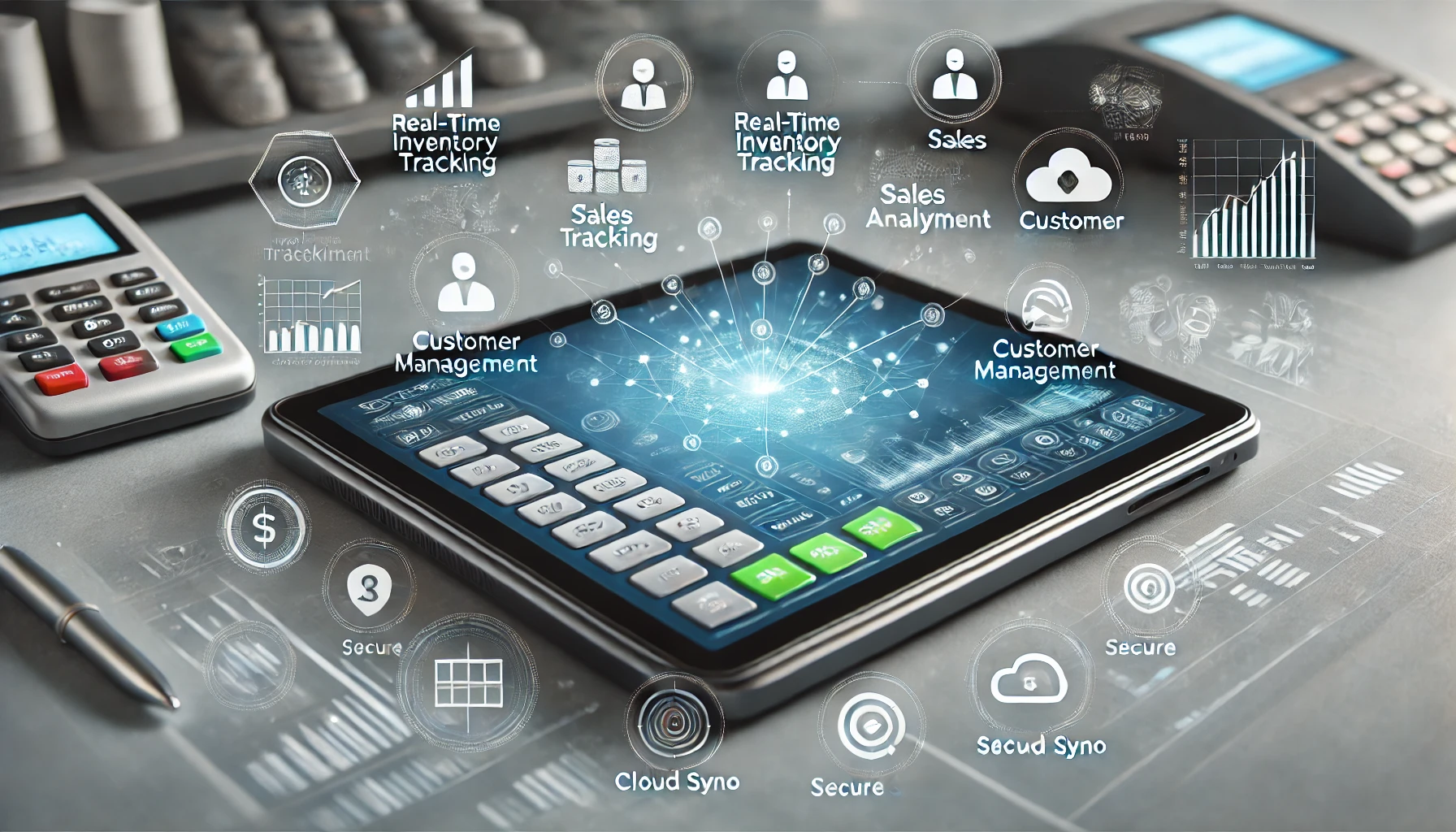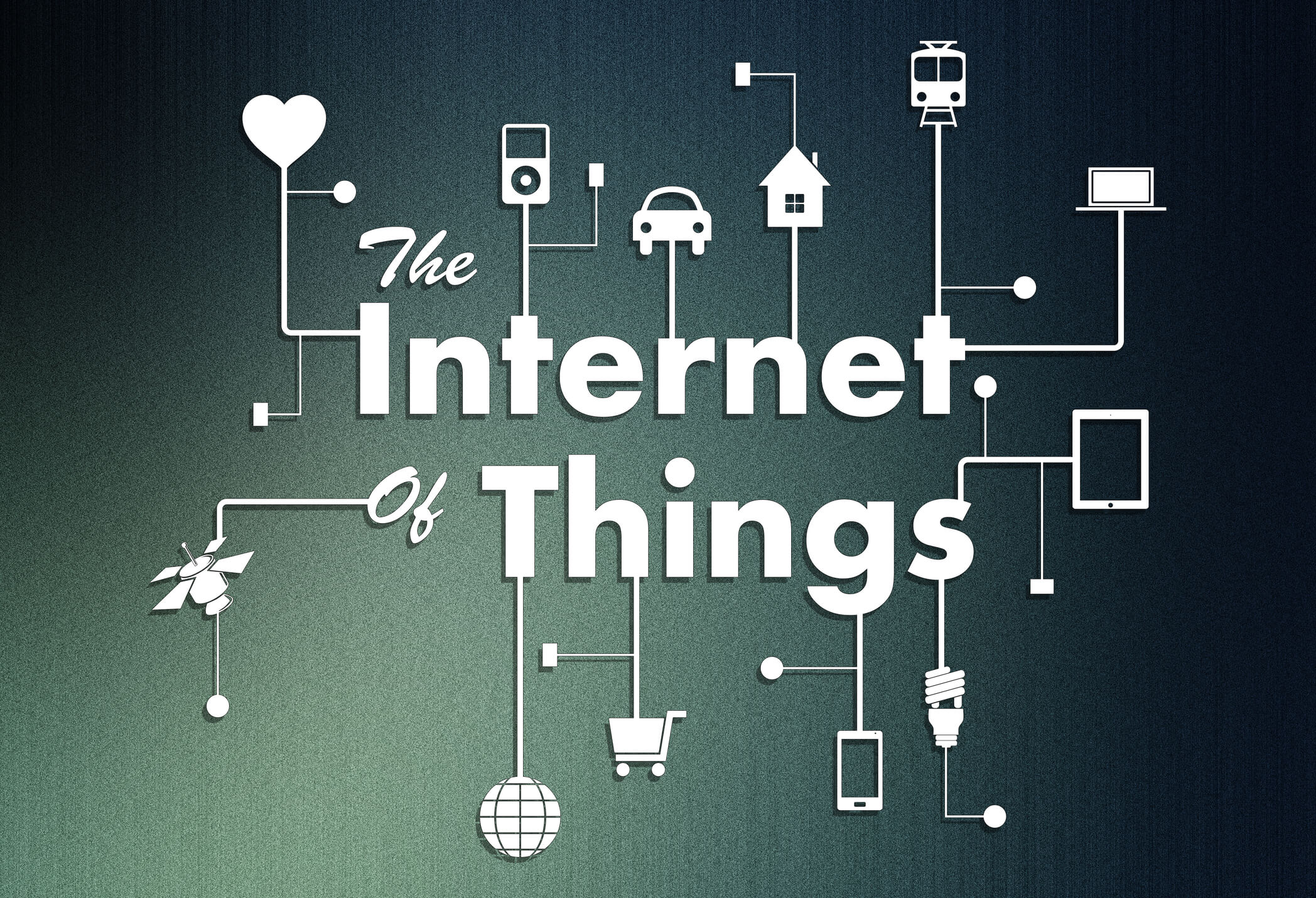How to Integrate Cloud Payments with IoT Devices
In today’s digital age, the Internet of Things (IoT) has revolutionized the way we interact with everyday objects. From smart homes to wearable devices, IoT has seamlessly integrated technology into our lives. One area where IoT has made significant strides is in the realm of payments. With the advent of cloud computing, it is now possible to integrate cloud payments with IoT devices, creating a seamless and secure payment experience for consumers and businesses alike.
Cloud payments refer to the use of cloud-based platforms to process and store payment information. This eliminates the need for physical payment terminals and allows for a more flexible and scalable payment infrastructure. IoT devices, on the other hand, are physical objects embedded with sensors, software, and connectivity that enable them to collect and exchange data. By integrating cloud payments with IoT devices, businesses can leverage the power of real-time data and automation to streamline their payment processes.
Understanding the Benefits of Integrating Cloud Payments with IoT Devices
The integration of cloud payments with IoT devices offers numerous benefits for both businesses and consumers. One of the key advantages is the ability to provide a seamless and convenient payment experience. With IoT devices, consumers can make payments using their smartphones, wearables, or even their connected cars. This eliminates the need for physical wallets or credit cards, making transactions faster and more efficient.
Furthermore, integrating cloud payments with IoT devices enables businesses to gain valuable insights into consumer behavior. By collecting and analyzing data from IoT devices, businesses can better understand their customers’ preferences and tailor their offerings accordingly. This data-driven approach allows for personalized marketing campaigns and targeted promotions, leading to increased customer satisfaction and loyalty.
Another significant benefit of integrating cloud payments with IoT devices is enhanced security. Traditional payment methods, such as credit cards, are susceptible to fraud and data breaches. By leveraging cloud-based platforms, businesses can implement robust security measures, such as encryption and tokenization, to protect sensitive payment information. Additionally, IoT devices can be equipped with biometric authentication, such as fingerprint or facial recognition, further enhancing the security of transactions.
Key Components and Technologies for Cloud Payments and IoT Integration
To successfully integrate cloud payments with IoT devices, several key components and technologies are required. Firstly, a reliable and scalable cloud platform is essential. This platform serves as the backbone of the payment infrastructure, securely storing and processing payment data. Popular cloud platforms, such as Amazon Web Services (AWS) and Microsoft Azure, offer a range of services specifically designed for IoT and payments integration.
Secondly, IoT devices need to be equipped with the necessary hardware and software components to facilitate payments. This includes sensors, connectivity modules, and secure elements for storing payment credentials. Additionally, IoT devices must be able to communicate with the cloud platform securely. This can be achieved through various communication protocols, such as MQTT or HTTPS, ensuring the confidentiality and integrity of data transmission.
Exploring the Challenges and Solutions in Integrating Cloud Payments with IoT Devices
While the integration of cloud payments with IoT devices offers numerous benefits, it also presents several challenges. One of the main challenges is ensuring the interoperability of different IoT devices and payment systems. With a wide range of devices and platforms available, compatibility issues can arise, making it difficult to establish a seamless payment ecosystem. However, industry standards, such as the Payment Card Industry Data Security Standard (PCI DSS) and the Open Connectivity Foundation (OCF), are being developed to address these challenges and promote interoperability.
Another challenge is the security of IoT devices and the potential for unauthorized access or tampering. IoT devices are often vulnerable to cyberattacks, as they may lack robust security measures. To mitigate this risk, businesses must implement strong authentication mechanisms, such as two-factor authentication or biometrics, to ensure that only authorized users can access and initiate payments. Additionally, regular software updates and patches should be applied to IoT devices to address any security vulnerabilities.
Step-by-Step Guide: How to Integrate Cloud Payments with IoT Devices
Integrating cloud payments with IoT devices may seem like a complex process, but with the right approach, it can be achieved successfully. Here is a step-by-step guide to help businesses navigate the integration process:
- Define the objectives: Clearly define the goals and objectives of integrating cloud payments with IoT devices. Determine the specific use cases and functionalities that the integration should support.
- Select the right cloud platform: Choose a reliable and scalable cloud platform that offers the necessary services and features for IoT and payments integration. Consider factors such as security, scalability, and compatibility with existing systems.
- Identify the IoT devices: Identify the IoT devices that will be used for payments integration. Ensure that these devices have the necessary hardware and software components to support secure payments.
- Establish secure communication: Implement secure communication protocols, such as MQTT or HTTPS, to ensure the confidentiality and integrity of data transmission between IoT devices and the cloud platform.
- Implement strong authentication: Implement strong authentication mechanisms, such as two-factor authentication or biometrics, to ensure that only authorized users can access and initiate payments.
- Integrate payment gateways: Integrate payment gateways or processors with the cloud platform to enable seamless payment processing. Ensure that the payment gateway supports the necessary payment methods and complies with industry standards.
- Test and validate: Thoroughly test the integration to ensure that it functions as intended. Conduct rigorous testing to identify and address any potential issues or vulnerabilities.
- Monitor and optimize: Continuously monitor the integration to identify any performance issues or security threats. Optimize the integration based on feedback and user behavior to enhance the payment experience.
Best Practices for Secure and Efficient Cloud Payments Integration with IoT Devices
To ensure a secure and efficient integration of cloud payments with IoT devices, businesses should follow best practices. Here are some key practices to consider:
- Implement strong encryption: Encrypt all payment data to protect it from unauthorized access. Use industry-standard encryption algorithms and ensure that encryption keys are securely managed.
- Use tokenization: Implement tokenization to replace sensitive payment data with unique tokens. This reduces the risk of data breaches, as tokens cannot be used to retrieve the original payment information.
- Regularly update software and firmware: Keep IoT devices and cloud platforms up to date with the latest software and firmware updates. This helps address any security vulnerabilities and ensures compatibility with new features and technologies.
- Conduct regular security audits: Regularly audit the security of the integration to identify any potential vulnerabilities or weaknesses. Engage third-party security experts to perform penetration testing and vulnerability assessments.
- Educate users: Educate users about the security features and best practices for using IoT devices for payments. Provide clear instructions on how to set up and use the devices securely.
Real-World Examples of Successful Cloud Payments Integration with IoT Devices
Several real-world examples demonstrate the successful integration of cloud payments with IoT devices. One such example is Amazon Go, a cashier-less convenience store. Customers can enter the store using their Amazon Go app, which is linked to their Amazon account. As they shop, sensors and cameras track the items they pick up, and the payment is automatically processed when they leave the store. This seamless integration of cloud payments and IoT devices eliminates the need for traditional checkout processes, providing a frictionless shopping experience.
Another example is the use of IoT-enabled vending machines. By integrating cloud payments with vending machines, customers can make purchases using their smartphones or contactless payment methods. This eliminates the need for cash and allows for real-time inventory management and remote monitoring of machine performance.
Future Trends and Innovations in Cloud Payments and IoT Integration
The integration of cloud payments with IoT devices is an evolving field, with several future trends and innovations on the horizon. One trend is the increased adoption of voice-activated payments. With the rise of virtual assistants, such as Amazon’s Alexa or Apple’s Siri, consumers can make payments using voice commands. This hands-free approach to payments offers convenience and accessibility, especially for individuals with disabilities.
Another trend is the integration of blockchain technology with cloud payments and IoT devices. Blockchain provides a decentralized and transparent ledger for recording transactions, enhancing security and trust in payment processes. By combining blockchain with IoT devices, businesses can create a secure and tamper-proof payment ecosystem.
Frequently Asked Questions (FAQs) about Cloud Payments and IoT Integration
Q.1: What is the difference between cloud payments and traditional payment methods?
Answer: Cloud payments refer to the use of cloud-based platforms to process and store payment information, eliminating the need for physical payment terminals. Traditional payment methods, such as credit cards, involve physical cards and terminals for payment processing.
Q.2: Are cloud payments secure?
Answer: Yes, cloud payments can be secure if proper security measures, such as encryption and tokenization, are implemented. Additionally, IoT devices can be equipped with biometric authentication to enhance security.
Q.3: Can IoT devices be used for contactless payments?
Answer: Yes, IoT devices can be used for contactless payments. By integrating NFC (Near Field Communication) technology into IoT devices, users can make payments by simply tapping their devices on a contactless payment terminal.
Q.4: What are the benefits of integrating cloud payments with IoT devices?
Answer: The integration of cloud payments with IoT devices offers benefits such as a seamless and convenient payment experience, enhanced security, and valuable insights into consumer behavior.
Conclusion
The integration of cloud payments with IoT devices has the potential to revolutionize the way we make payments. By leveraging the power of real-time data and automation, businesses can provide a seamless and secure payment experience for consumers. However, this integration also presents challenges, such as interoperability and security. By following best practices and staying abreast of emerging trends and innovations, businesses can successfully integrate cloud payments with IoT devices and unlock the full potential of this transformative technology.
